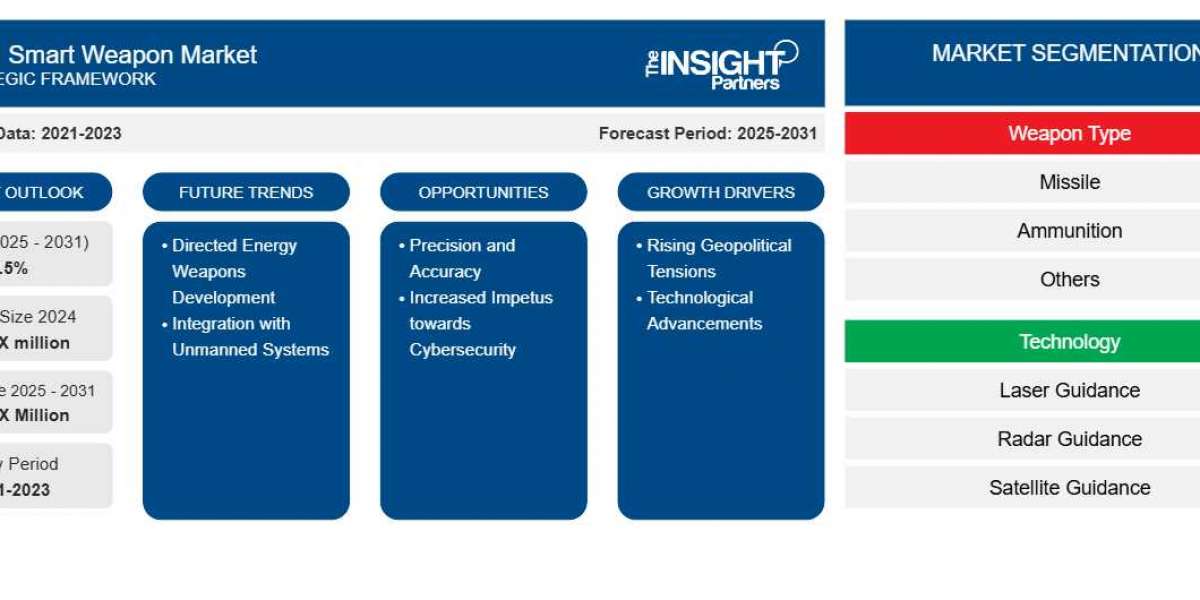In the world of eCommerce, first impressions matter more than ever. When potential customers land on your website, they decide in seconds whether to stay, browse, or bounce away. That’s why crafting an optimized Shopify landing page is a game-changer for store owners.
Unlike a regular product or homepage, a landing page is designed with one clear goal in mind: conversion. Whether it’s encouraging users to make a purchase, sign up for a newsletter, or take advantage of a limited-time offer, your landing page serves as the “closer” in your digital sales funnel.
In this guide, we’ll dive into the essentials of creating an eye-catching Shopify landing page that not only grabs attention but also drives measurable results.
What is a Shopify Landing Page?
A Shopify landing page is a dedicated web page built within your Shopify store that’s designed to achieve a specific objective. Instead of distracting users with multiple links and options, it guides them toward one focused call-to-action (CTA).
For example:
A product launch landing page highlighting one hero product.
A seasonal promotion page featuring a limited-time discount.
A lead generation page collecting emails for a future campaign.
Think of it as a digital storefront window display—you want it to be simple, attractive, and compelling enough to invite shoppers inside.
Why Shopify Landing Pages Are Important
1. Higher Conversion Rates
A tailored landing page eliminates distractions. Instead of scrolling endlessly through collections, customers are directed straight to what matters—buying or signing up.
2. Improved Ad Performance
If you’re running Facebook, Instagram, or Google Ads, sending traffic to a custom landing page improves ad relevance. That means better ROI and lower cost per acquisition.
3. Focused Customer Journey
Unlike homepages that try to do everything, landing pages create a smooth and distraction-free path toward conversion.
4. Data-Driven Insights
Since landing pages are built around one objective, it’s easier to track performance and A/B test elements like headlines, buttons, or visuals.
Key Elements of a High-Converting Shopify Landing Page
Crafting the perfect Shopify landing page requires a balance between design and psychology. Let’s break down the must-have elements:
1. Attention-Grabbing Headline
Your headline is the first thing visitors notice. It should be clear, concise, and value-driven. For example:
“Transform Your Skin in Just 7 Days” (for skincare)
“50% Off Your First Order – Today Only” (for promotions)
2. Compelling Visuals
High-quality product images or lifestyle photos instantly build trust. Better yet, add short videos or GIFs that demonstrate how your product works.
3. Clear Call-to-Action (CTA)
Your CTA should stand out with contrasting colors and persuasive copy. Instead of generic text like Submit, use action-oriented phrases:
“Shop Now”
“Get My Free Trial”
“Claim the Discount”
4. Social Proof
Testimonials, reviews, or influencer shoutouts act as trust signals. Adding “as seen on” logos or customer star ratings can significantly improve conversions.
5. Benefits Over Features
Instead of only listing product features, show how they solve a customer’s problem. For example, don’t just say 500mAh battery—say Stays charged for 48 hours, so you never miss a moment.
6. Mobile Optimization
Since most Shopify traffic comes from smartphones, your landing page must load fast, be scroll-friendly, and have tappable buttons.
Shopify Landing Page Design Tips
Keep it simple: Less clutter means more focus on your CTA.
Use whitespace: Breathing room around text and images makes your page more digestible.
Consistent branding: Colors, fonts, and tone should match your Shopify store.
Fast loading speed: Compress images and avoid unnecessary apps that slow down performance.
Visual hierarchy: Place the most important elements (headline, CTA) above the fold.
Tools Apps to Build Shopify Landing Pages
Not all Shopify themes are designed for landing pages out-of-the-box. Fortunately, several apps make the process simple, even for non-designers:
Shogun Page Builder – Drag-and-drop builder with customizable templates.
PageFly – Feature-rich tool for creating sales-driven landing pages.
GemPages – Ideal for beginners with pre-made sections.
Zipify Pages – Great for conversion-focused designs, especially if you run ads.
These tools integrate seamlessly with Shopify, allowing you to test and publish pages without touching code.
Shopify Landing Page Examples That Work
1. Minimalist Product Page
Brands like Apple showcase their products with clean visuals, bold headlines, and minimal distractions.
2. Discount Urgency Pages
Pages that use countdown timers, flash sales, or limited-time offers trigger the “fear of missing out” (FOMO).
3. Storytelling Pages
Some brands weave a narrative around their product, explaining how it was developed, the problem it solves, and why it’s unique.
4. Lead Magnet Pages
E-commerce brands often use free guides, discount codes, or exclusive offers to build email lists.
Best Practices for Shopify Landing Pages
A/B Test Regularly: Test different headlines, CTAs, or product images to see what resonates most.
Limit Navigation: Remove unnecessary menu links to keep visitors focused.
Highlight Value: Make sure the benefits are clear within the first few seconds.
Use Trust Badges: Secure checkout icons or money-back guarantees reduce hesitation.
Focus on One Goal: Don’t confuse visitors with multiple CTAs—stick to one.
Common Mistakes to Avoid
Too Much Information: Overloading with text can overwhelm users.
Weak CTAs: Generic buttons fail to inspire action.
Ignoring Mobile Users: If it doesn’t look good on mobile, you lose sales.
Slow Loading: Every extra second of load time decreases conversions.
No Tracking Setup: Without analytics, you can’t measure success.
Future Trends in Shopify Landing Pages
As online shopping evolves, landing pages will continue to adapt. Here are some trends to watch in 2025:
AI-Personalized Pages: Landing pages tailored to user behavior and preferences.
Interactive Content: Quizzes, product configurators, and 3D models.
Voice Search Optimization: As voice assistants grow, content will adapt to natural queries.
Sustainability Messaging: Customers increasingly want eco-friendly brand values highlighted.
Conclusion
A well-crafted Shopify landing page can be the difference between a casual browser and a paying customer. By focusing on clarity, compelling visuals, and a strong call-to-action, you create a seamless shopping journey that drives conversions.
Remember, the best landing pages aren’t static—they evolve. Continuously test, refine, and optimize based on customer behavior and analytics. With the right design and tools, your Shopify store can turn visitors into loyal customers faster than ever.






